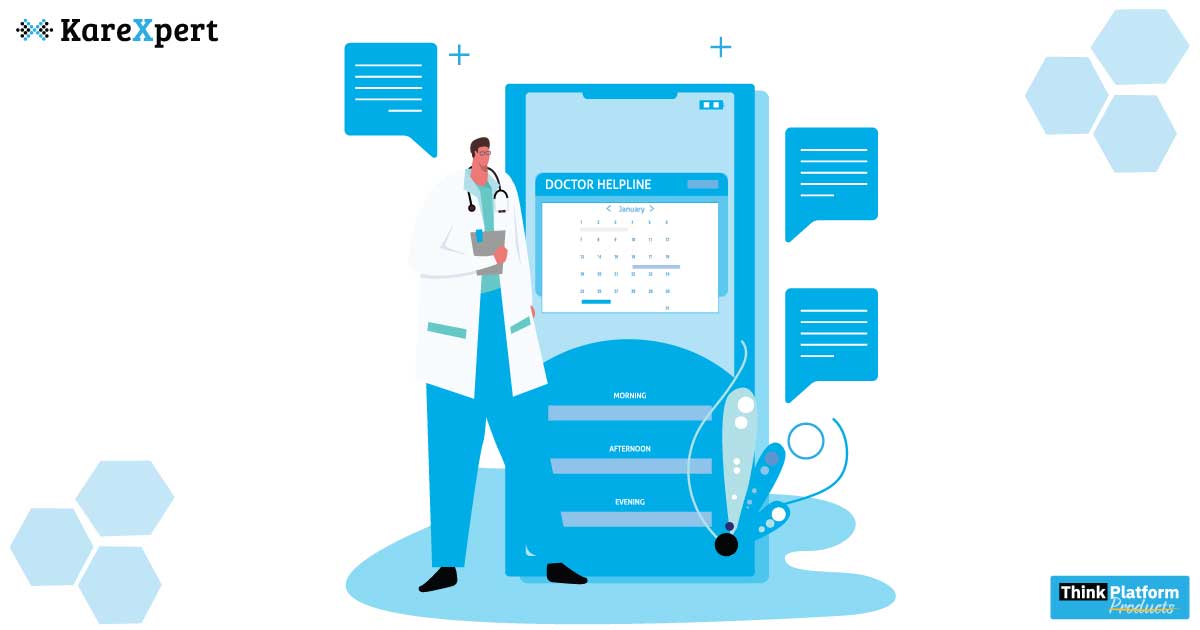Why Switching to an EMR System is the Best Decision for Your Healthcare Practice?

Electronic Medical Records (EMRs) have become increasingly popular in recent years as more healthcare practices recognize the benefits of transitioning from paper-based records to digital systems. In this article, we will explore why switching to an EMR system is the best decision for your healthcare practice
Benefits of EMR Systems
1. Improved Patient Care
Electronic Medical Records (EMRs) systems allow healthcare providers to access patient data quickly and easily, enabling them to provide more informed and personalized care. This is because EMRs provide a comprehensive view of the patient’s medical history, including allergies, medications, and past procedures. This information can help healthcare providers make more informed decisions and reduce the risk of medical errors.
2. Increased Efficiency
EMRs streamline the documentation process by automating many tasks, such as appointment scheduling, billing, and prescription ordering. This saves time and reduces the administrative burden on healthcare providers, allowing them to focus on patient care. In addition, EMRs allow for faster and more accurate documentation, reducing the risk of errors and ensuring that patient data is up-to-date.
3. Enhanced Communication
EMRs allow for easy and secure sharing of patient data between healthcare providers, improving communication and collaboration. This is particularly useful in cases where patients see multiple healthcare providers, as it allows for a more coordinated approach to care. In addition, EMRs provide patients with access to their medical records, enabling them to play a more active role in their care.
4. Simplified Billing
EMRs simplify the billing process by automating tasks such as claims submission, insurance verification, and payment processing. This reduces the administrative burden on healthcare providers and ensures that bills are submitted accurately and on time. In addition, EMRs provide patients with easy-to-understand billing statements, reducing confusion and improving satisfaction.
5. Improved Data Security
EMRs provide advanced security features, such as data encryption, access control, and regular backups, to ensure that patient data is protected. This is particularly important in today’s digital age, where the risk of data breaches is high. EMRs also provide a comprehensive audit trail, making it easier to track who has accessed patient data and when.
How to Switch to an EMR System?
Switching to an Electronic Medical Records (EMRs) system can be a daunting task, but it doesn’t have to be. Here are some steps to follow when transitioning from paper-based records to an Electronic Medical Records (EMRs) system:
1. Assess Your Practice’s Needs
Before selecting an Electronic Medical Records (EMRs) system, assess your practice’s needs and requirements. Consider the size of your practice, the number of healthcare providers, the types of services offered, and the current workflow.
2. Choose the Right Electronic Medical Records (EMRs) system
Select a system that meets the needs of your practice. Consider the functionality, usability, integration, security, and customer support when selecting an Electronic Medical Records (EMRs) system.
3. Train Staff
Ensure that your staff receives adequate training on how to use the system. This will help them to use the system effectively and efficiently
4. Convert Paper Records
If your practice currently uses paper-based records, consider converting them to digital records using the system. This will help you to streamline data management and improve efficiency.
5. Integrate Other Systems
Integrate the system with other systems used by your practice, including billing and payment systems, laboratory systems, and electronic prescribing systems.
6. Ensure Security
Ensure that the system has adequate security measures in place to protect patient data. This includes data encryption, access control, and regular backups.
7. Monitor and Evaluate
Monitor and evaluate the system regularly to ensure that it continues to meet the needs of your practice. Make necessary adjustments as required.
In conclusion, switching to an EMR system is the best decision for healthcare practices looking to improve patient care, increase efficiency, enhance communication, simplify billing and improve data security. By following the steps outlined above, healthcare practices can successfully transition from paper-based records to an Electronic Medical Records (EMRs) system and reap the benefits of digital data management. It is important to select the right Electronic Medical Records (EMRs) system for your practice, provide adequate training to staff, and ensure that security measures are in place to protect patient data. With the right approach, transitioning to an Electronic Medical Records (EMRs) system can be a smooth and successful process that improves patient care and enhances the overall efficiency of healthcare practices.
Contact KareXpert today to know more!
Website: https://www.karexpert.com/
Email: info@karexpert.com
Phone: +91-9069113330
